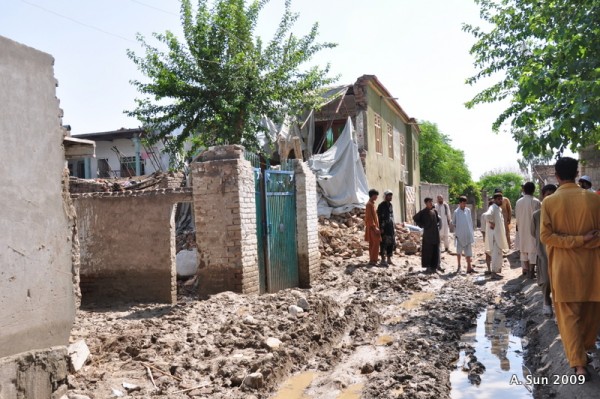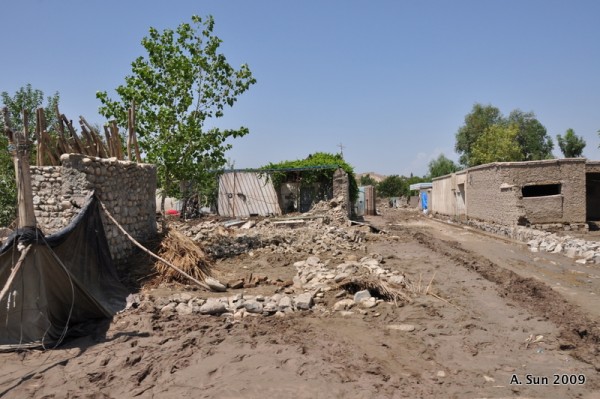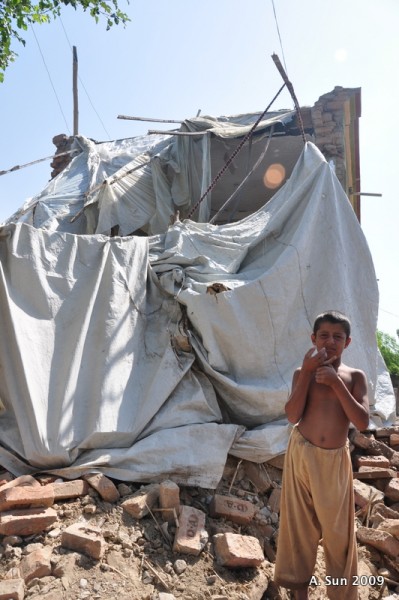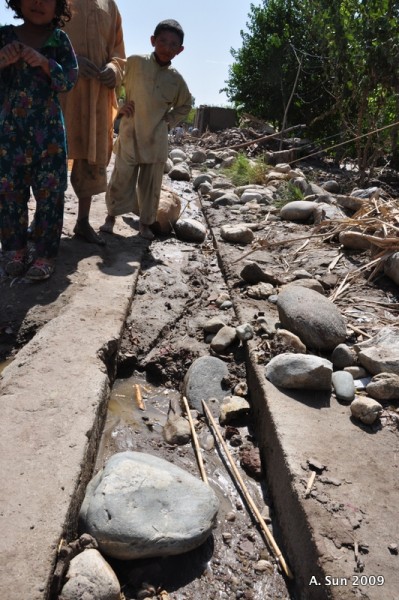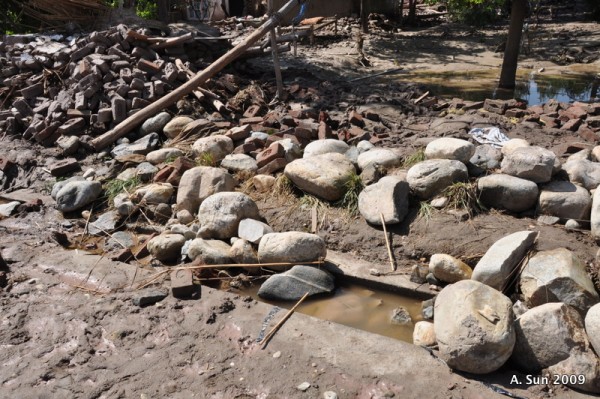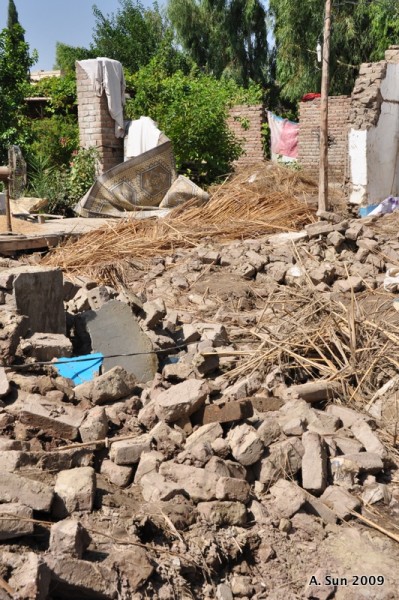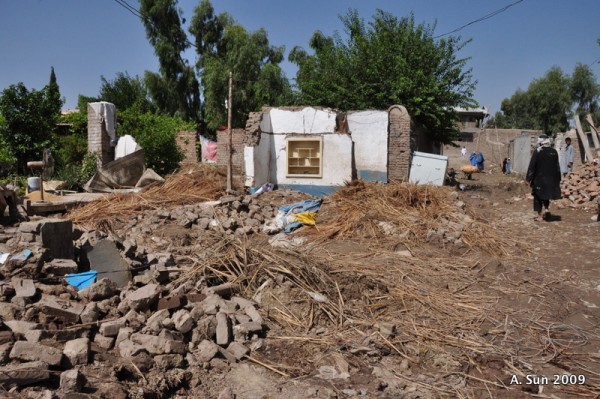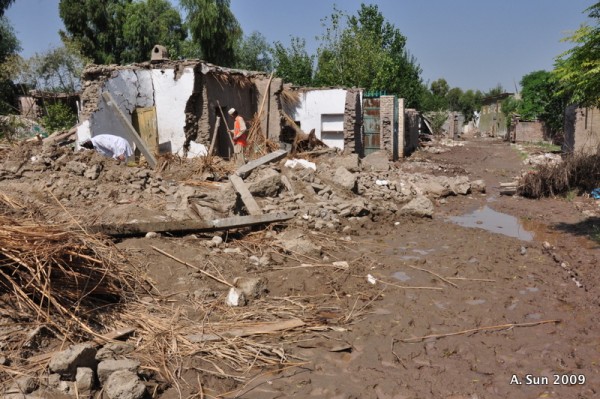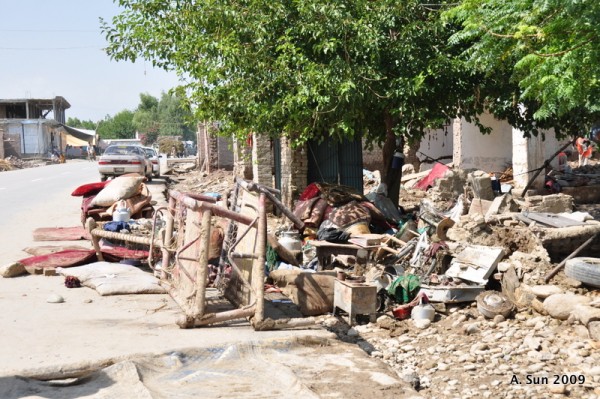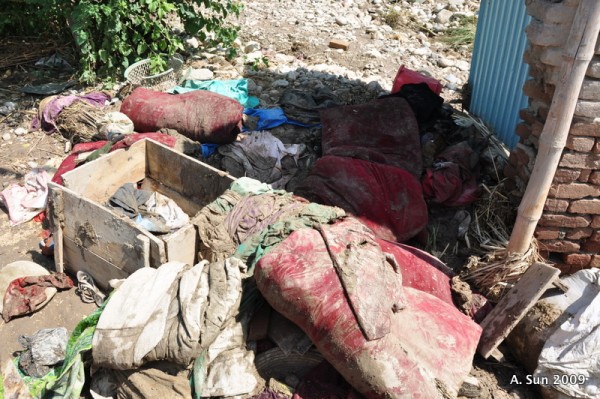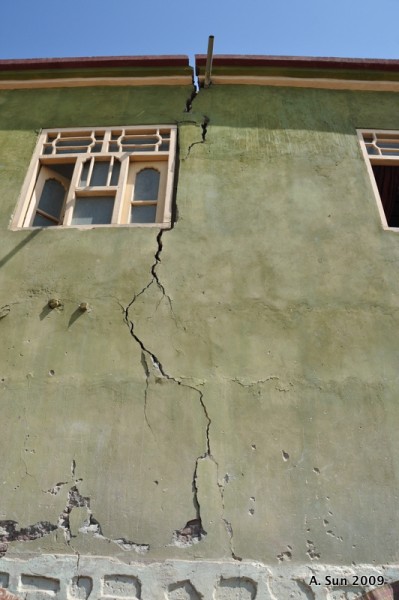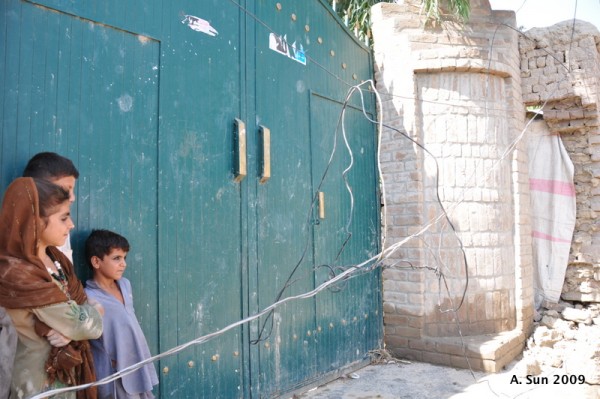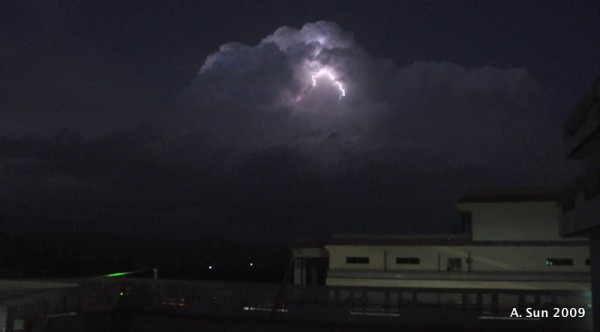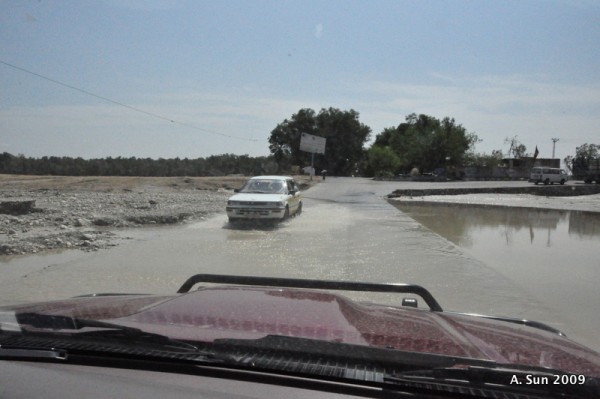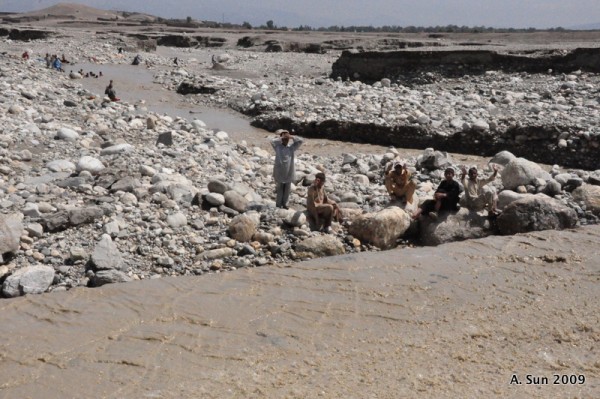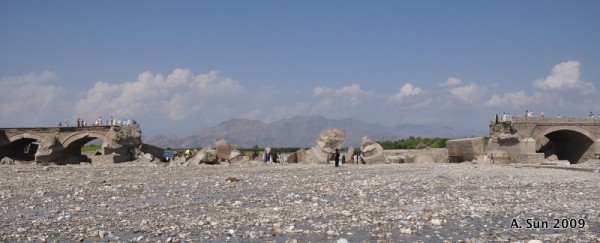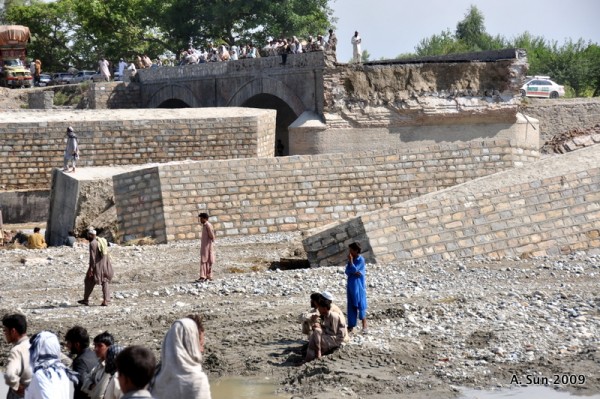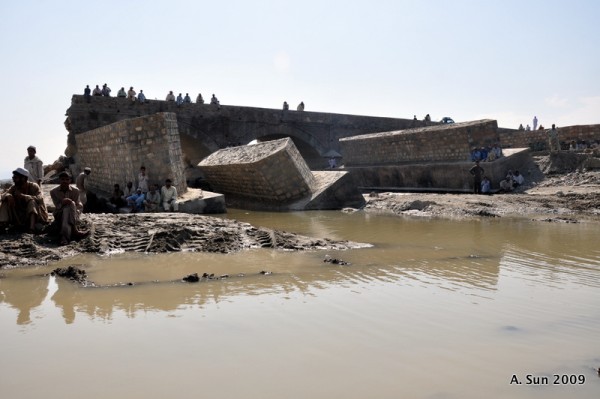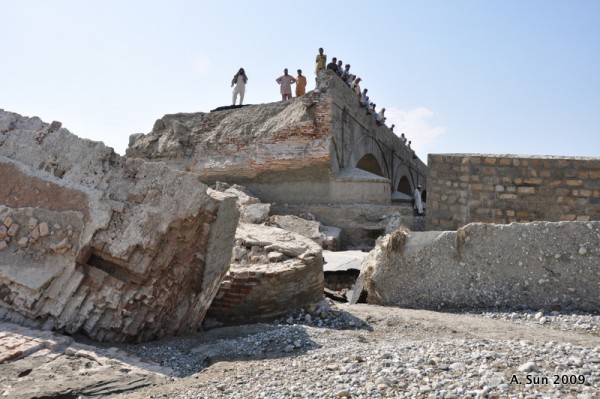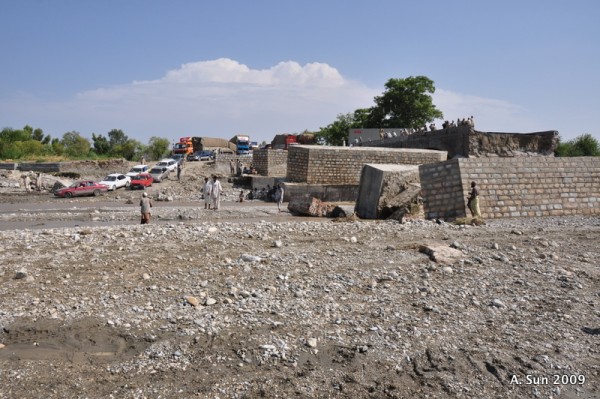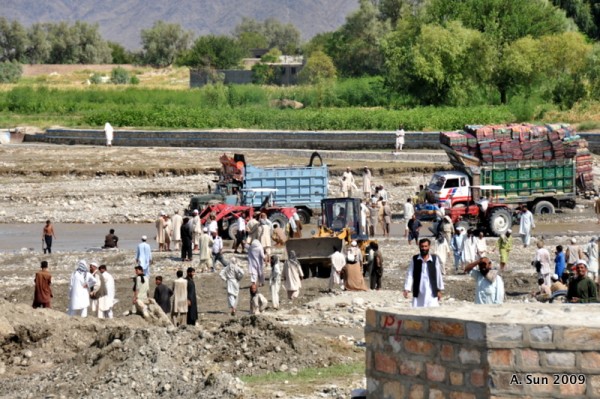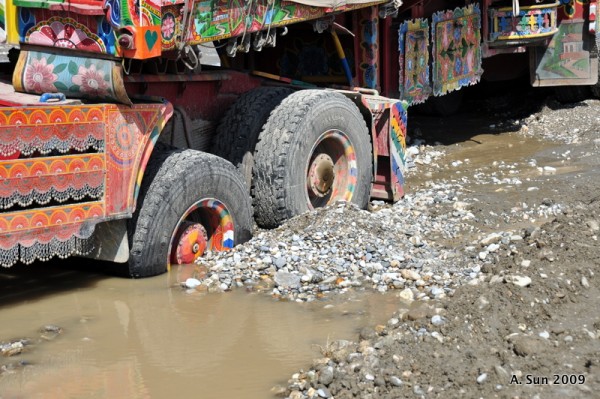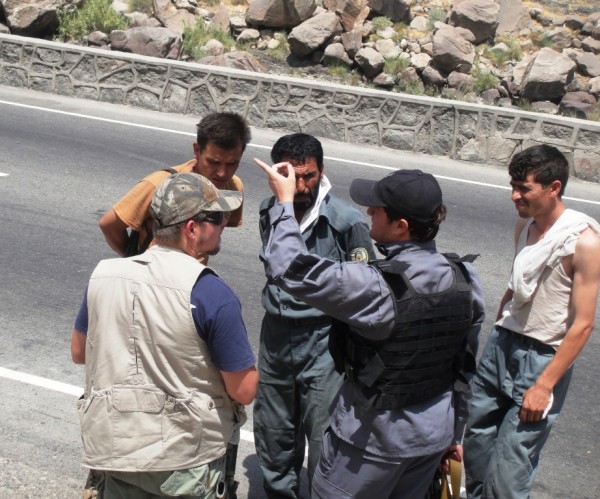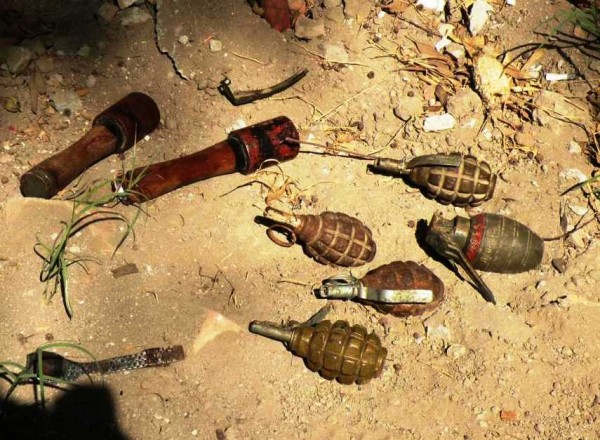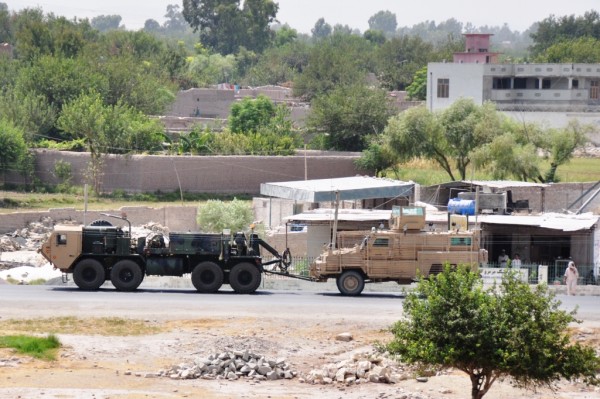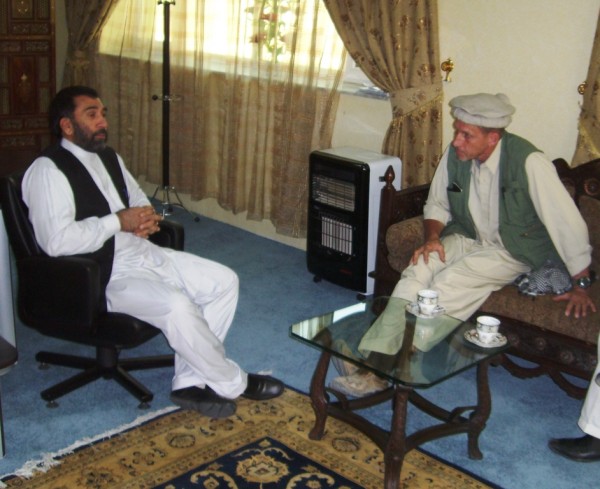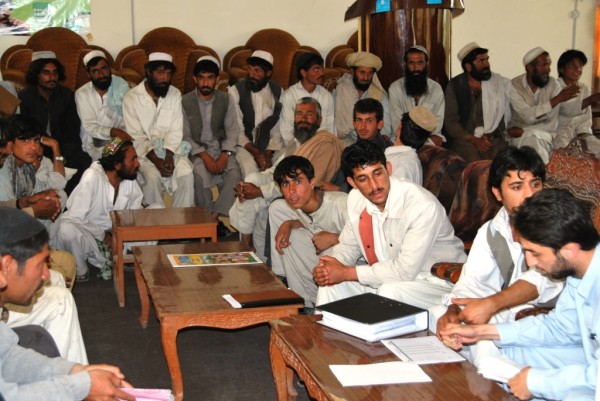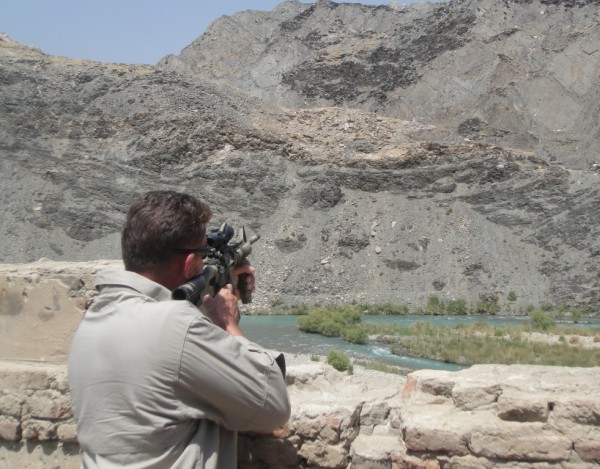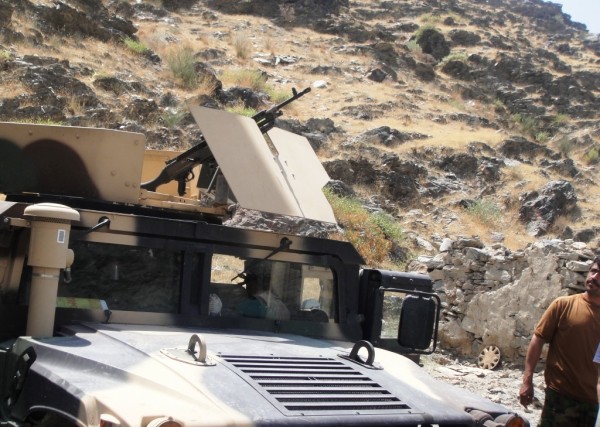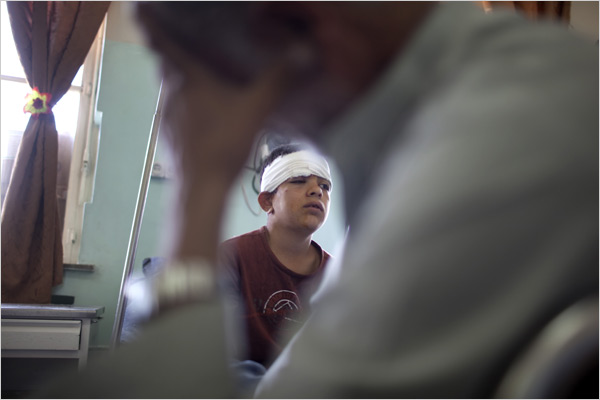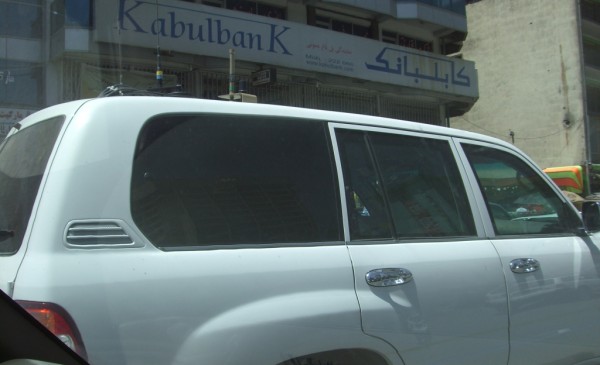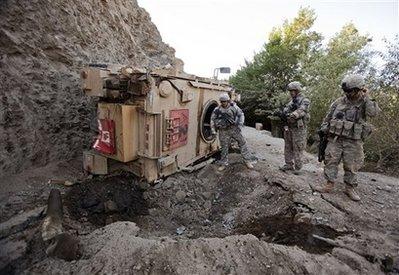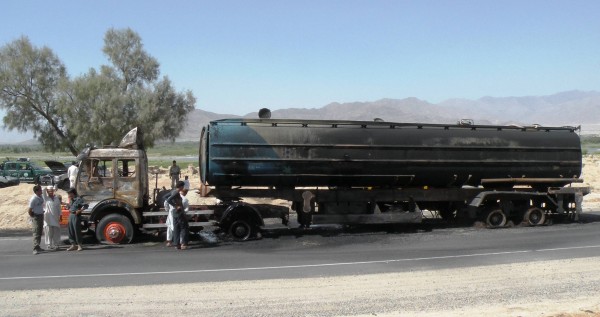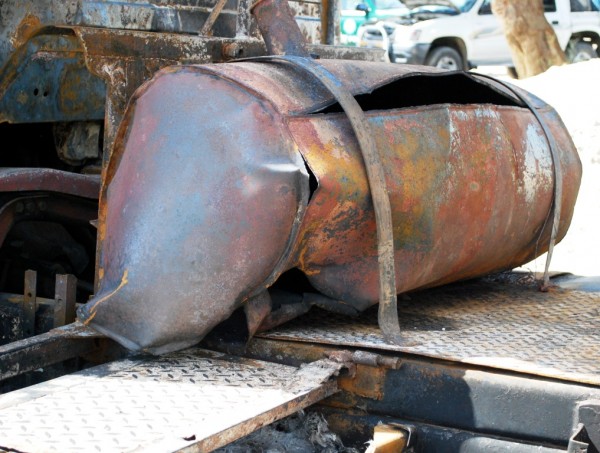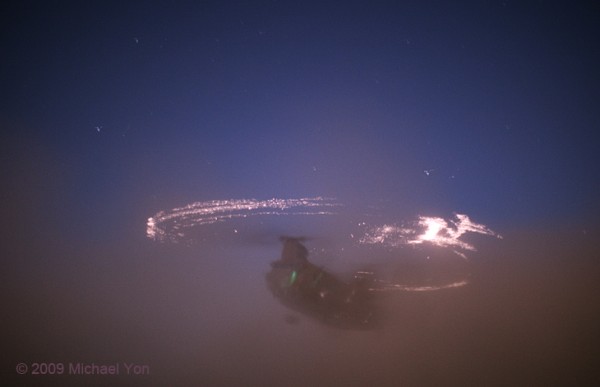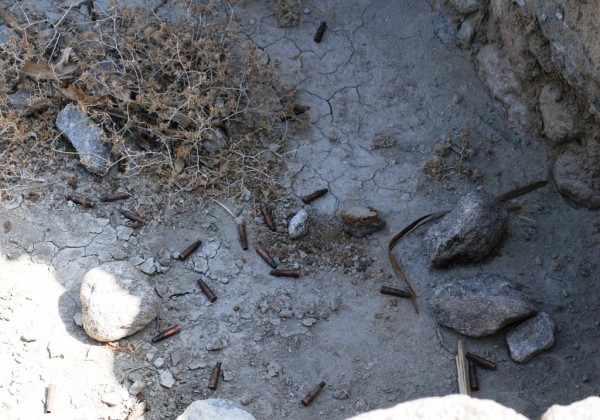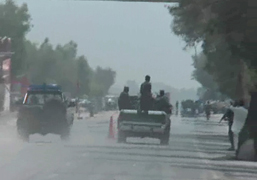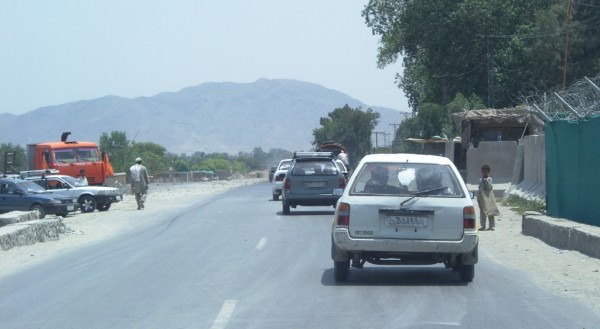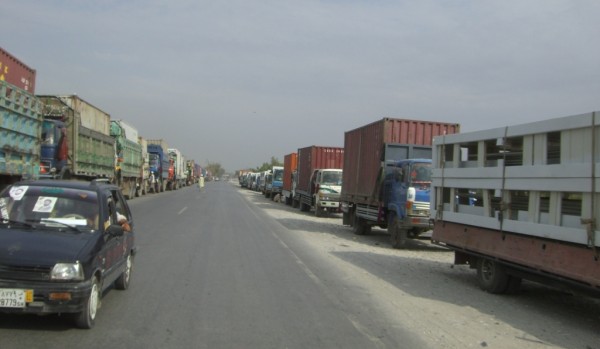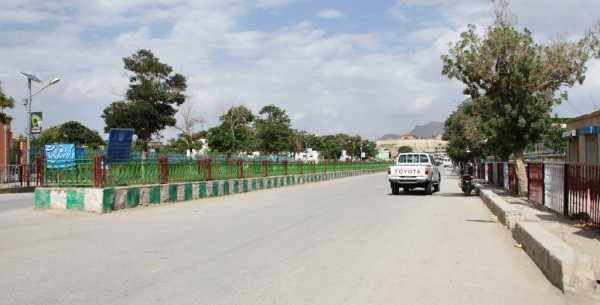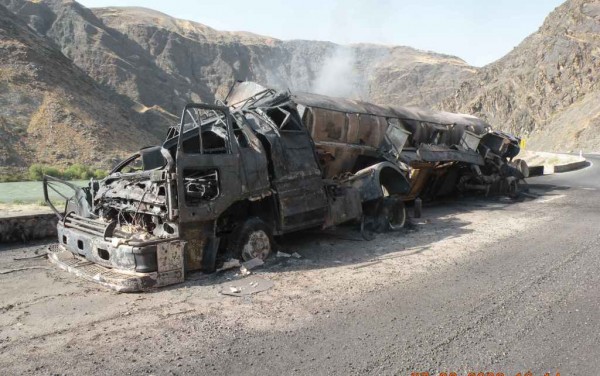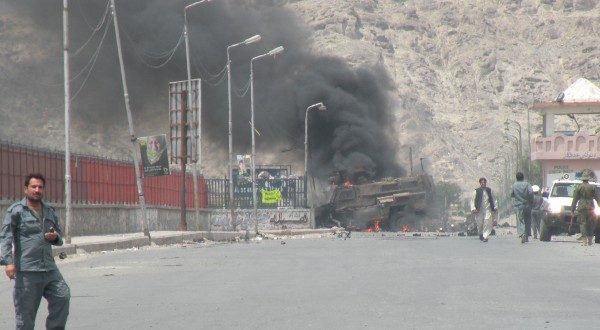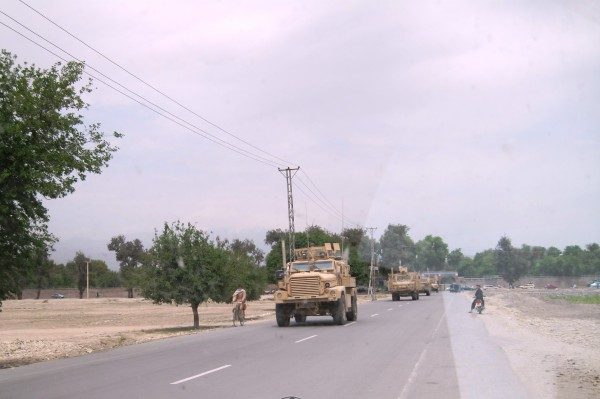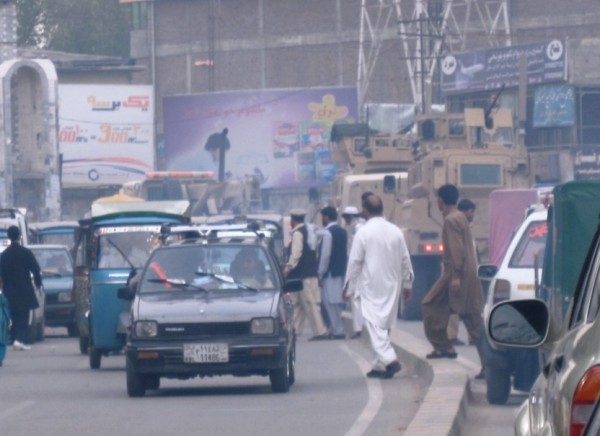The sun is setting over the Hindu Kush and tonight we finally end Ramadan and start the four day “Big” Eid holidays. The kids behind the Taj didn’t have any fire crackers so they dug up their Dad’s AK and shot off a magazine. By the time the guards and I got there in response their father was tanning the boys hides with vigor. Ammo is expensive here and the boys had just cranked off about 20 bucks worth; scaring the hell out of me and pissing their old man off to no end. It is dark now and the local people are throwing firecrackers or cranking off automatic weapons at a sustained pace. Eid sucks for us because if there was a good time to attack a safe house full of internationals now would be that time. But at least Ramadan is over and the boys will step up their day game while stopping all the pissing and moaning about how thirsty they are or how they have no energy blah blah blah. It was refraining from smoking cigarettes that was really kicking their asses but they sucked it up well.
Afghanistan is getting considerable attention in the press lately. Should we stay or go? Is this another Vietnam? Do we need more troops? I found this quote today here from the President which clears things up (I guess.)
Each historical moment is different, Mr Obama said in an interview published yesterday. You never step into the same river twice, and so Afghanistan is not Vietnam.
I grew up on the Severn River in Maryland and went to the exact same spot on the river almost daily because my buddy Chris McConnel had a dock and a ski boat there. Who knew you were not supposed to go into the same river twice back then? Better yet what the hell is the President talking about?
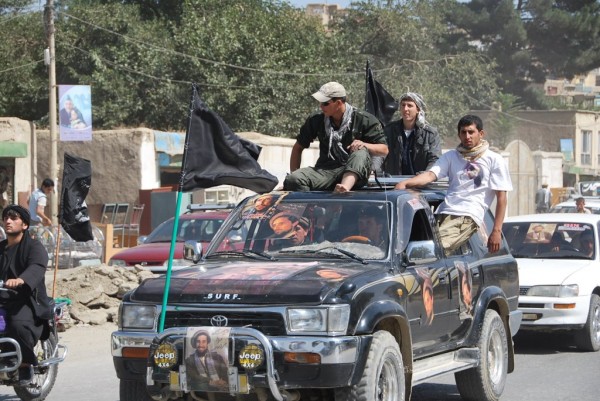
President Obama is on record as saying that Afghanistan is critical in order to prevent the return of the Taliban who will provide haven, support and bases to al Qaeda. The problem is that al Qaeda has all the support and bases it needs in Pakistan. I am on record as saying that Afghanistan would never allow al Qaeda back inside its borders no matter who was ruling and the truth is al Qaeda has spent eight years reconstituting in the Northwest Frontier and doesn’t need Afghanistan – they are fine where they are. In fact the ties with their hosts are stronger and their overall security much better than it was when they operated out of Eastern Afghanistan.
When the President throws down a marker that big it makes it very hard to set conditions under which we can leave. The Taliban are not going anywhere – they live here. Al Qaeda isn’t going anywhere either – they could not be more firmly entrenched in any other place on the globe.
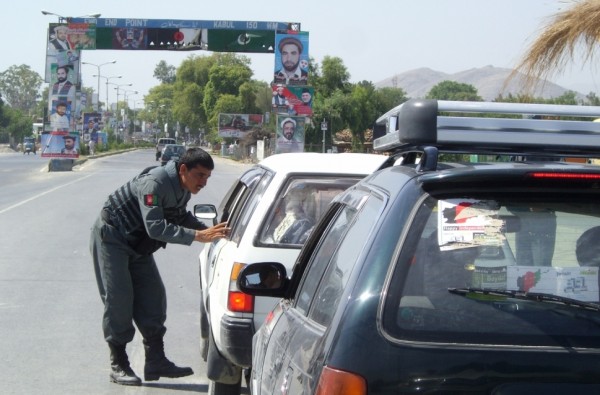
We had a chance to finish Bin Laden and blew it at Tora Bora. In hindsight it would seem we should have thrown everything we had into the fight to finish him off but we didn’t. The first hand account provided by Dalton Fury indicates that Colonels back in Bagram Airbase put the breaks on the American Special Forces troops who could have flooded the mountain in an all out effort to Kill Bin Laden. According to this account the Colonel in charge was a Mogadishu vet and did not want to see his men chewed up because they lacked proper fire support. I would like to think that were I in that Colonels place I would have fragged as many birds as I could, rounded up as many troops as I could and flew into Tora Bora to make an all out assault on Bin Laden. Nothing was more important than killing that shitbird and if it cost a lot of American lives so be it. As long as I was there sharing the risk and hardships that is – you can’t be frantically flinging troops into a meat grinder while in remaining in the rear – that is a huge Bushido Code violation.
But I wasn’t there and have the clarity of 8 years hindsight so perhaps my criticism of this lapse are unfounded but that action meant the mission failed and it was the most important mission of my generation. I know two things; good losers lose and the day Bin Laden got away was the day we lost the war in Afghanistan.
Western Armies are not good at counterinsurgency warfare. They do not have the people or formations who can embed in the local community. Western Armies can no longer deploy formations overseas for years at a time. They are not willing to use the tactics required to win which involve not only high risk but lots of killing. Sri Lanka just won an unbelievably long and bitter counterinsurgency. Do you think if the Taliban leadership surrounded themselves with tens of thousands of non combatants we would kill all of of them to get that leadership? That is what Sri Lanka did . There are some who believe the military is under performing on purpose. Stephen Henthorne who is a Senior Adviser on the Joint Interagency – Multinational Stability Operations ISAF staff recently sent a memo to the National Security Adviser General Jones where he all but accused the Army of insubordination; check this out:
“Please trust me when I tell you that General McChrystal’s two man Civil-Military Campaign Planning team in the Pentagon, if they are in fact working for General McChrystal, will never be able to give the President an effective Civil-Military Campaign Plan for Afghanistan. There is a growing belief, that a Civil-Military Plan for Afghanistan is being designed to fail. This seems to be so much the case that the War Fighter Insurgency, that has been written about since 2004, might well be more accurately termed today a War Fighter Mutiny.
See the link for more on the “War Fighter Mutiny” but I do not think it is a mutiny at all. The military has pulled its weight the best it can but that is clearly not good enough.

The military is not conducting a “warfighters mutiny” it is performing as best it can but our military was designed in the past with the technology of the past to face problems from the past. It is good at fighting peer level threats. It is not good at fighting counterinsurgencies. While our senior military leaders were spending years in school on topics such a ethics in combat and the law of land warfare the Afghans who we are now mentoring were killing people, lots of them. Look at this report from last week:
Large numbers of members of the Mangal and Moqdil tribes have clashed over timber rights. Reports of 25-60 fatalities have been received. The Governor of Khost has gone to the area to try to stop the fighting and disarm the tribes.
This is how scores are settled here – toe to toe with automatic weapons. This is why when ISAF tried to apologize for whacking all the civilians who were demanding their cut of fuel from the Taliban up in Kunduz the local people asked them to start killing more so that the Taliban would head back south. We need a surge of Tony Soprano’s to work with the Afghans because mafia guys have more experience solving Afghan style problems.
There are those who dismiss the effectiveness of solving problems by killing people but it is one method that has proven effective over the years…just ask the Carthaginians or the Aztecs or the poor Beothuk Indians who once occupied Newfoundland. People of the west no longer consider such tactics appropriate and I concur as I know there are other ways to get what needs to be done done. My point is that our diplomats and officer corps are in no way prepared to deal with people who resort to indiscriminate killing as easily and naturally as a fish learns to swim.
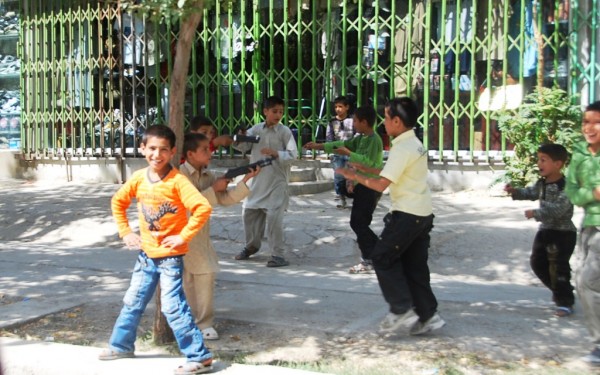
Our collective military systems place a premium on education, obtaining advanced degrees, being polished, poised and articulate in all situations, being fit, wise and just but most important is being a consensus building team player with zero….and I mean zero defects in character and military reputation. In America this system produces senior officers and enlisted men and woman who are most impressive. Our professional military education system produces great results if you are solving hugely complex symmetrical problems. It does not produce competent warfighters. Martin van Creveld wrote a book on this topic back in 1990 called The Training Of Officers; From Military Professionalism to Irrelevance where he was emphatic that we were warehousing officers in our schools letting them do nothing productive in the military context.
I actually met van Creveld when he came and hung out in Quantico back in 92. After seeing him pop up at several of our field problems with his son in tow I asked him if he now thought better of his thesis now that he had spent time with the warrior monks of IOC. He looked at me squinting saying “I have never more certain of anything else in my life Captain Lynch.”
If the military is housing its officers in do nothing schools than they won’t know how to do something when they have to leave the US and perform modern problem solving on modern problems. It appears Gen McChrystal has recognized this to be a problem and is attacking it head on. Check out this quote from a piece which just came across the wire:
The key weakness of ISAF, he says, is that it is not aggressively defending the Afghan population. “Pre-occupied with protection of our own forces, we have operated in a manner that distances us — physically and psychologically — from the people we seek to protect. . . . The insurgents cannot defeat us militarily; but we can defeat ourselves.”
General McChrystal’s report covers the widespread corruption which characterizes the Afghan government. He takes head on the problem of the Quetta Shura, revitalized Al Qaeda, and the pointlessness of staying on FOB’s. Man that is good stuff but how did it end up in the Washington Post before the Commander in Chief saw it? Most of the long term observers in Afghanistan would agree with the report. None of us expect the report to change how ISAF operates or change the trajectory of the Afghan Campaign. We lost the day Bin Laden walked away and we have been inflicting the death of a thousand cuts upon ourselves since 2001. Part two of this post will address a way forward. But here is the thing – you cannot think “outside the box” when your first priority is to put all your troops inside boxes for their own protection. There are no school book solutions for Afghanistan there can only be short term stabilization and long term (modest) outside the box innovative solutions. Most of the problems currently plaguing Afghanistan can only be solved by Afghans.



